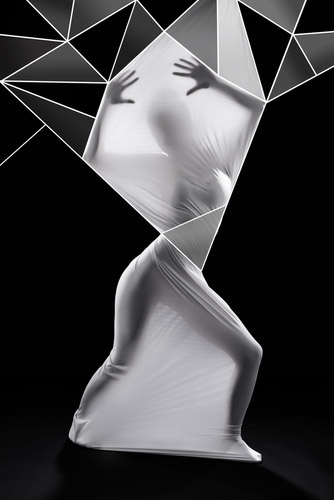 For Laban, human movement unfolds in a sphere of space surrounding the body. He called this orb of movement space the “kinesphere.” Then, to provide landmarks in this trackless sphere, Laban gave it a familiar geometrical form.
For Laban, human movement unfolds in a sphere of space surrounding the body. He called this orb of movement space the “kinesphere.” Then, to provide landmarks in this trackless sphere, Laban gave it a familiar geometrical form.
Or I should say, forms. For in Choreutics, Laban’s discussion of the kinesphere proceeds from a cubic model to an octahedron, a cuboctahedron, and then the icosahedron.
This is a logical progression, but also one with deeper meaning. For cubes, octahedrons, and cuboctahedrons occur naturally in lifeless, inorganic crystals. The icosahedron, on the other hand, is only found in living organic matter.
Find out more about the deeper meanings of Laban’s geometrical models of movement in the forthcoming LIMS course, “Decoding Choreutics.”
